McLaren Won't Be Stealing Red Bull's F1 Crown Just Yet. Here's Why

Modern Formula 1 is a sport of dominant dynasties. Michael Schumacher's dominance with Scuderia Ferrari bled into Red Bull's Sebastian Vettel era, which gave way to Lewis Hamilton and Mercedes. The crown of dominance has lately been worn by Max Verstappen in what seemed to be a frankly shocking display of perfect, record-shattering performances. Now, though, there looks to be a challenger in the form of McLaren's Lando Norris—but don't get ready to hedge your bets on the young Brit for the 2024 World Drivers' Championship just yet. McLaren still has a long way to go.
F1's Patterns of Dominance
Flip through F1's history books, and you might notice a pattern begin to form as the years went on: Any time the series introduced a significant shift in the regulations, a new team began to take over the mantle of success—though that pattern becomes far more obvious as technological innovation produced more reliable and aerodynamically complex machinery. Ferrari's racing pedigree made it a strong competitor in F1's early years before the move to mid-engined cars gave British marques like Lotus, Cooper, and BRM a leg up. Innovative aerodynamic upgrades boosted the cache of McLaren and Lotus, while a dedication to building robust vehicles in a deeply experimental era benefitted the likes of Tyrrell.
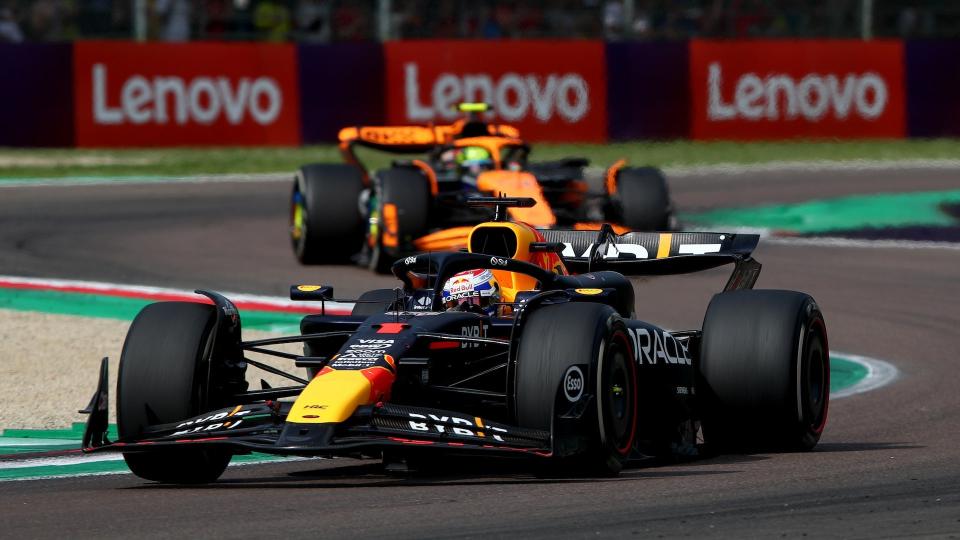
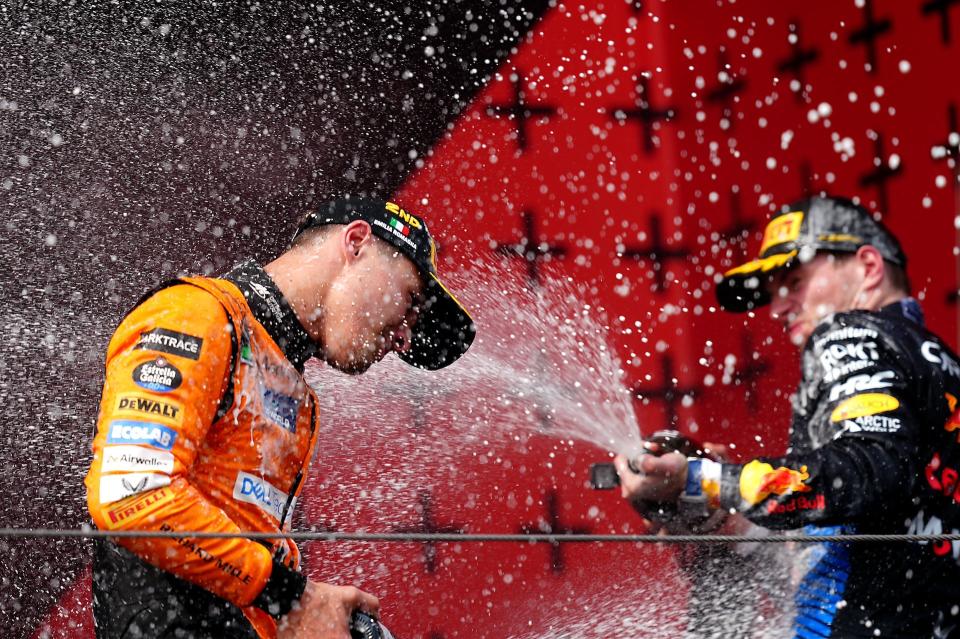
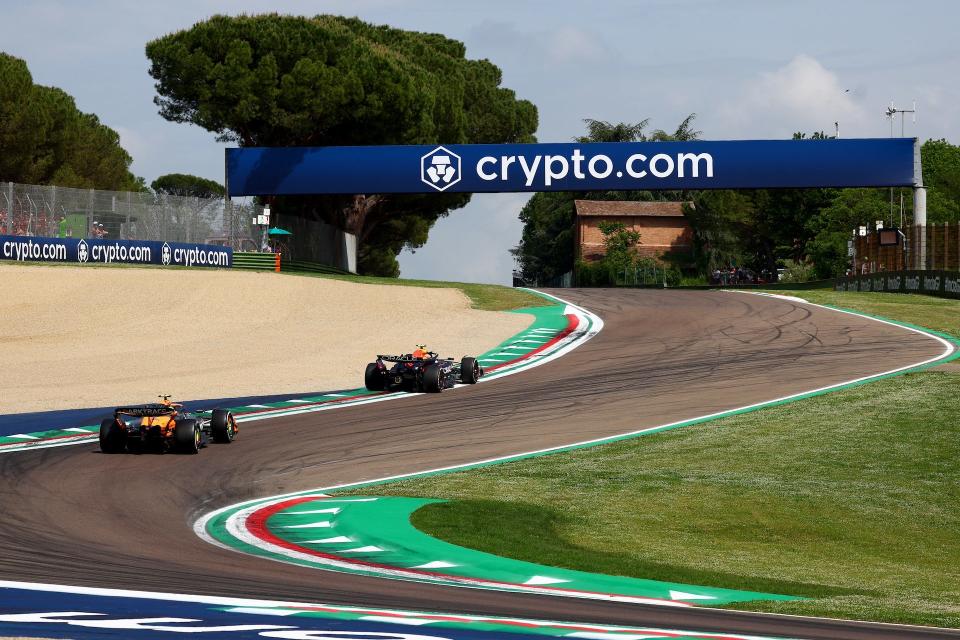
The 1980s, though, brought with it the now-common concern: Just a few cars and a few drivers were truly equipped to win a race, with the number of competitive challengers shrinking year after year.
The 21st century, though, brought with it a totally new approach to F1 that was defined by three things: stricter rules, better reliability, and bigger budgets.
While F1 was never truly a "limitless" championship, early editions of the series provided teams with the opportunity to read between the lines. Men like Colin Chapman could experiment with aerodynamics by outfitting his Lotuses with wings—but those forms of technology were more unrefined. No one fully understood how wings worked on early F1 cars, how to best implement them, or if they'd last long enough to amount to a serious competitive advantage. Through the mid-1970s, F1 allowed its teams and drivers the opportunity to try out new engines, play with aerodynamics, experiment with new materials, and more. Sometimes, those experiments worked. Sometimes, they didn't. That led to greater unpredictability in the sport, even from a regulatory standpoint.
Modern F1 regulations are far more rigid and prescriptive. You must use a certain engine, and your wing must be of a specific size, and your suspension must do exactly what the FIA intends. No team is really allowed to pioneer some innovative technology out on the track. Remember Mercedes' dual-axis steering (DAS) system, which could change the alignment of the wheels when the driver pushed or pulled on the steering wheel? If you don't remember, that's because it was banned almost immediately, then rewrote the rules to forbid that type of technology.
The reasoning behind the ban also comes down to better reliability in F1 cars; back when Chapman showed up to the track with a wing bolted onto his car, you could almost certainly expect a few serious failures before the technology worked and forced everyone else to upgrade their cars as well. By the time Chapman had sorted out the wings of his Lotuses, every other team had had a chance to play with them as well.
Now, when Mercedes debuts a system like DAS, the component will have undergone hours of virtual simulations to work out all the kinks well before it ever hits the track. When it arrives, Mercedes can almost certainly guarantee perfection, and such a massive performance improvement effectively ruins the competition for everyone else. The FIA has to mandate new rules in some small effort to keep the competition interesting.
Plus, better reliability also translates to safer cars, which means we're less likely to lose our best talents to racing accidents. How many championships would Jim Clark have won if he hadn't been killed? How dominant would Niki Lauda have been had he not been severely wounded in his 1976 crash at the Nürburgring? How many aspiring drivers could have found success had they not lost their lives? And how many F1 seats opened up in a year just because of a driver's death? How many great drivers ended up in F1 because someone's death created an opportunity?
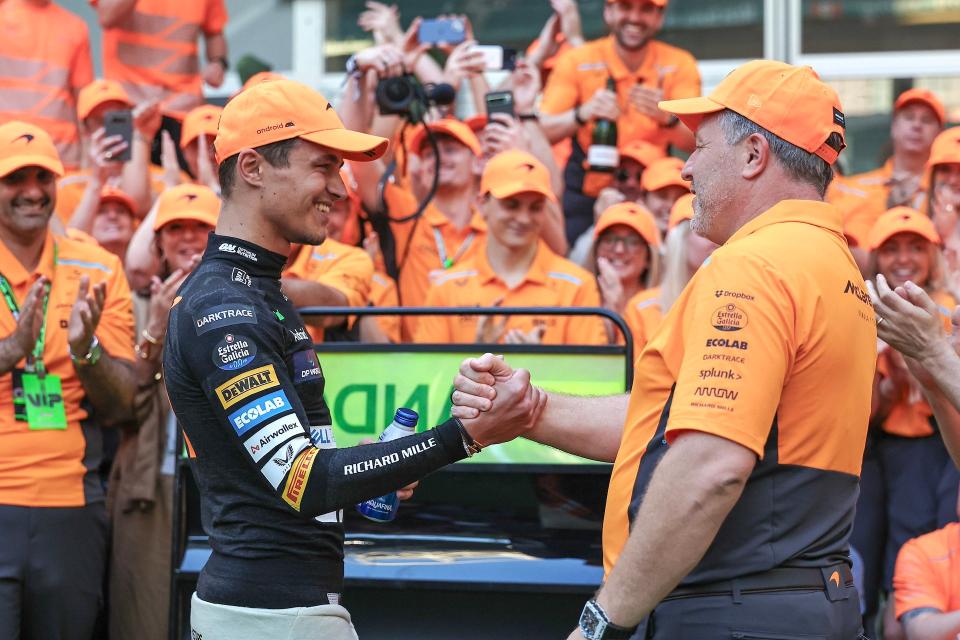
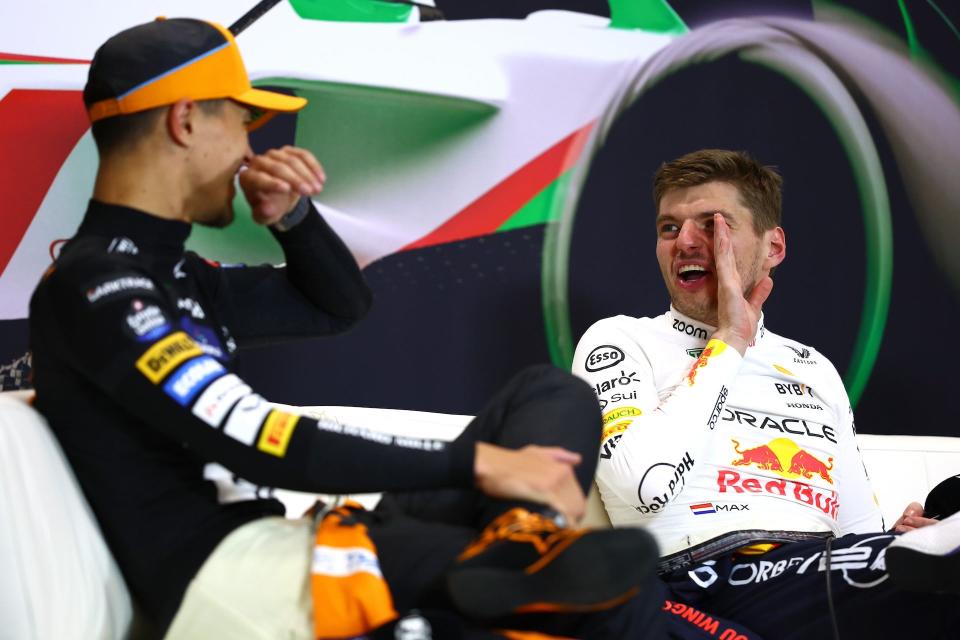
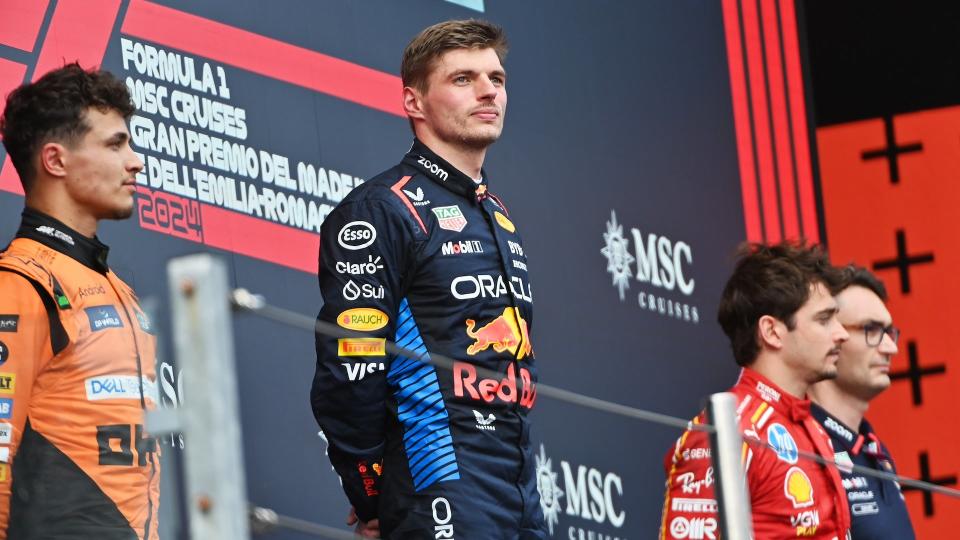
Greater reliability comes with bigger budgets. With so little room to play in the regulations, the teams that can afford visionary designers, groundbreaking engineers, and ample amounts of time with the latest simulation technology have a far better shot of outperforming the teams that are struggling financially and who can't afford the best of the best.
All these factors compound over time. A few bad years for Williams, for example, and the once-dominant team is left fighting for scraps at the rear of the grid while newer, high-dollar outfits like Red Bull can afford to duke it out at the front of the field year after year. In the past, a struggling Williams might find a regulatory loophole that it could affordably exploit in order to stake its claim on a better constructors' championship result and the improved prize money that comes with it. Now, there's really nowhere to go if you've gotten stuck in a developmental rut.
So, What About McLaren In 2024?
Less than a decade ago, iconic racers like Fernando Alonso and Jenson Button struggled to get a McLaren into the points; now, in 2024, McLaren is one of only two teams that have actively brought a fight to Red Bull Racing. What happened?
Well, a lot. McLaren gave up its attempts to competitively run a Honda engine, then gave up again on a Renault engine. Team CEO Ron Dennis left, leaving the post open for Zak Brown in 2017. Brown has since curated an impressive team of engineers and strategists — many of whom were moved into their current roles as recently as 2023. Now, one update package and a handful of races into the 2024 season, and McLaren has emerged as the most competent Red Bull challenger in the field.
But just because change has happened quickly doesn't mean it's happened quickly enough to turn into a title challenge in 2024—either for Norris as a driver or for McLaren as a constructor.
Yes, Norris won in Miami, and yes, he carved a massive gap to Verstappen down to less than one second in Imola. These are impressive and noteworthy accomplishments that show some chinks in Red Bull's seemingly impenetrable armor, but both races did carry some environmental asterisks that helped McLaren's performances. In Miami, Verstappen crashed into a bollard, and a well-timed safety car helped Norris take the lead. In Imola, Verstappen contested a 24-hour sim race at the Nürburgring during his legitimate in-person F1 weekend, and he admitted that the whole excursion was pretty draining. Further, there are plenty of behind-the-scenes power struggles playing out at Red Bull as a result of Christian Horner's alleged inappropriate behavior and Adrian Newey's departure that certainly must be playing a role.
But it's still far too early to guarantee that McLaren can have a title in the bag this year. The improvements McLaren brought to its cars are working well, but will they work just as well at Monza as they did at Imola? Will further tweaks help or hinder McLaren? Will we discover a fatal flaw somewhere along the way? Will Red Bull revitalize itself later this season? It's all possible, but I'd caution against a vast amount of optimism just yet.
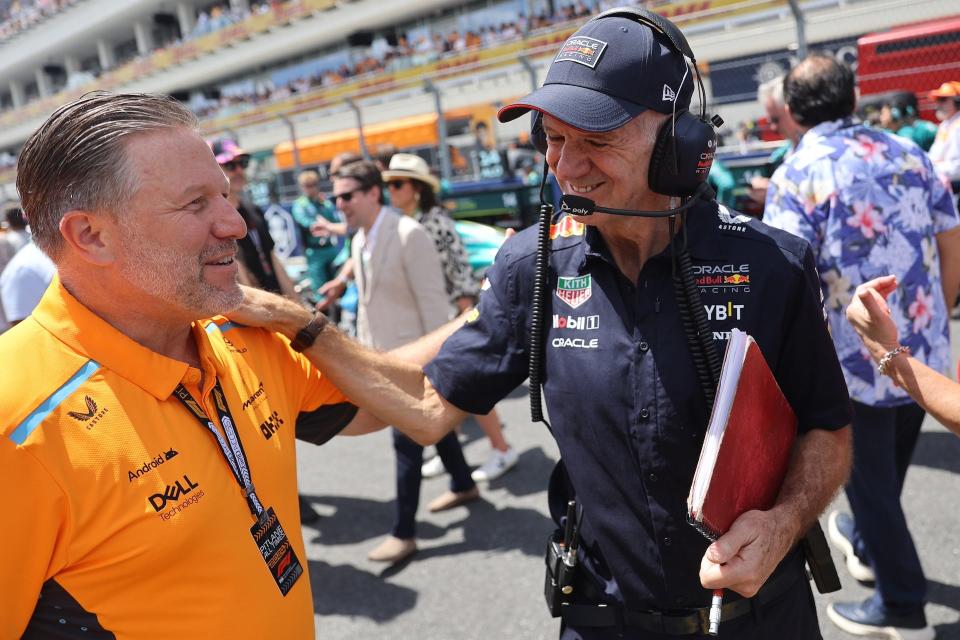
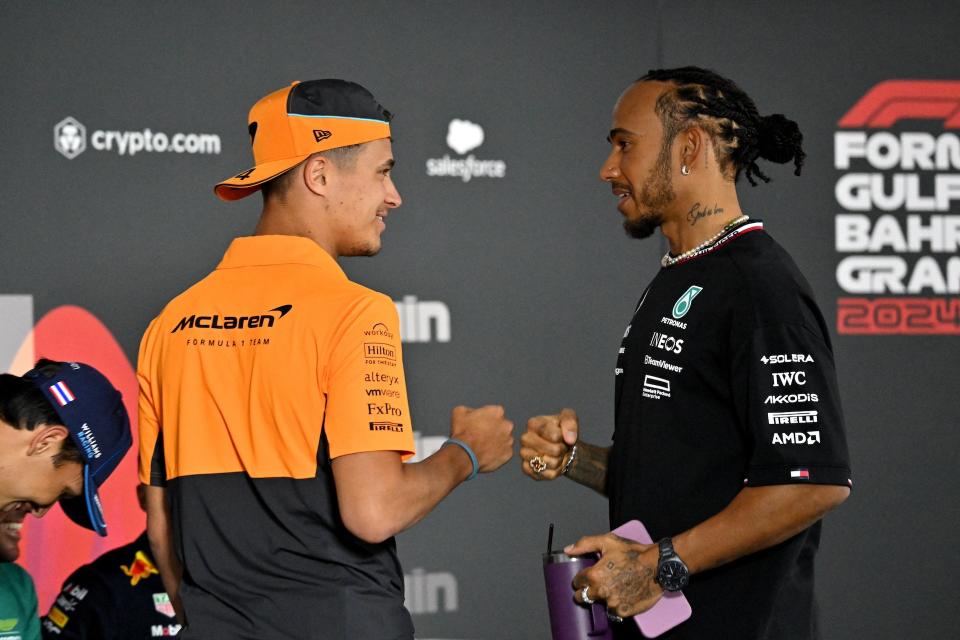
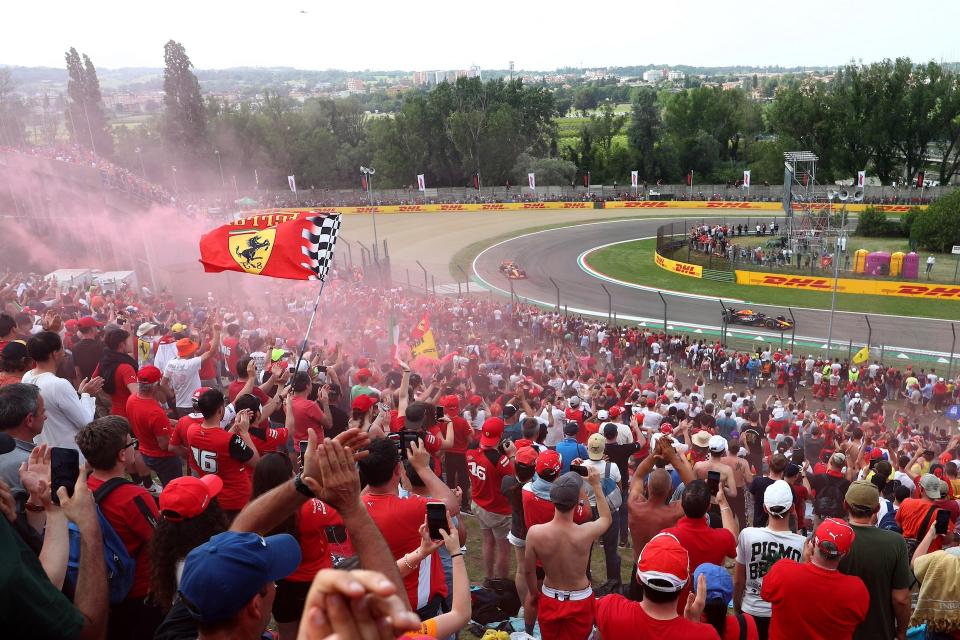
Let's turn the clocks back to 2020. While that season was a very abnormal one thanks to the COVID-19 pandemic and a total reshuffling of the racing calendar, it also highlighted some weaknesses in Mercedes' seemingly impenetrable veneer of performance. Red Bull, AlphaTauri, and Racing Point were all able to take victories, shaking loose Mercedes' ability to contend only with the best. But it still required a contentious 2021 season before Mercedes truly lost its footing to Red Bull.
And since the second race of 2022, Red Bull has been nearly perfect. Ferrari and Mercedes were able to squeak out some wins before 2023 became an almost all-Red Bull show. While Ferrari may have won in Australia and McLaren may have won in Miami, the team is still extremely solid, and both McLaren and Norris are trailing Red Bull and Verstappen pretty drastically in the championship standings. As it stands, it would effectively take a miracle to see Verstappen denied his fourth title.
But 2025? There Might Be A Chance
Not all hope should be lost for F1, though. Normally, we've had to wait until the introduction of a new regulatory cycle before a new driver or a new team can ascend to the top of the timing boards, but Verstappen's first title in 2021 broke that cycle. The fact that Red Bull and Verstappen could shake loose Mercedes' stranglehold on the series is a sign that McLaren and Norris could do the same. It'll take a lot of hard work and quick thinking to ensure the McLarens are up to the task, and things may change throughout 2024, but I'd say we're up for a spectacular fight in 2025 if McLaren can maintain its momentum.
Got a tip? Email us at tips@thedrive.com

 Yahoo Autos
Yahoo Autos 